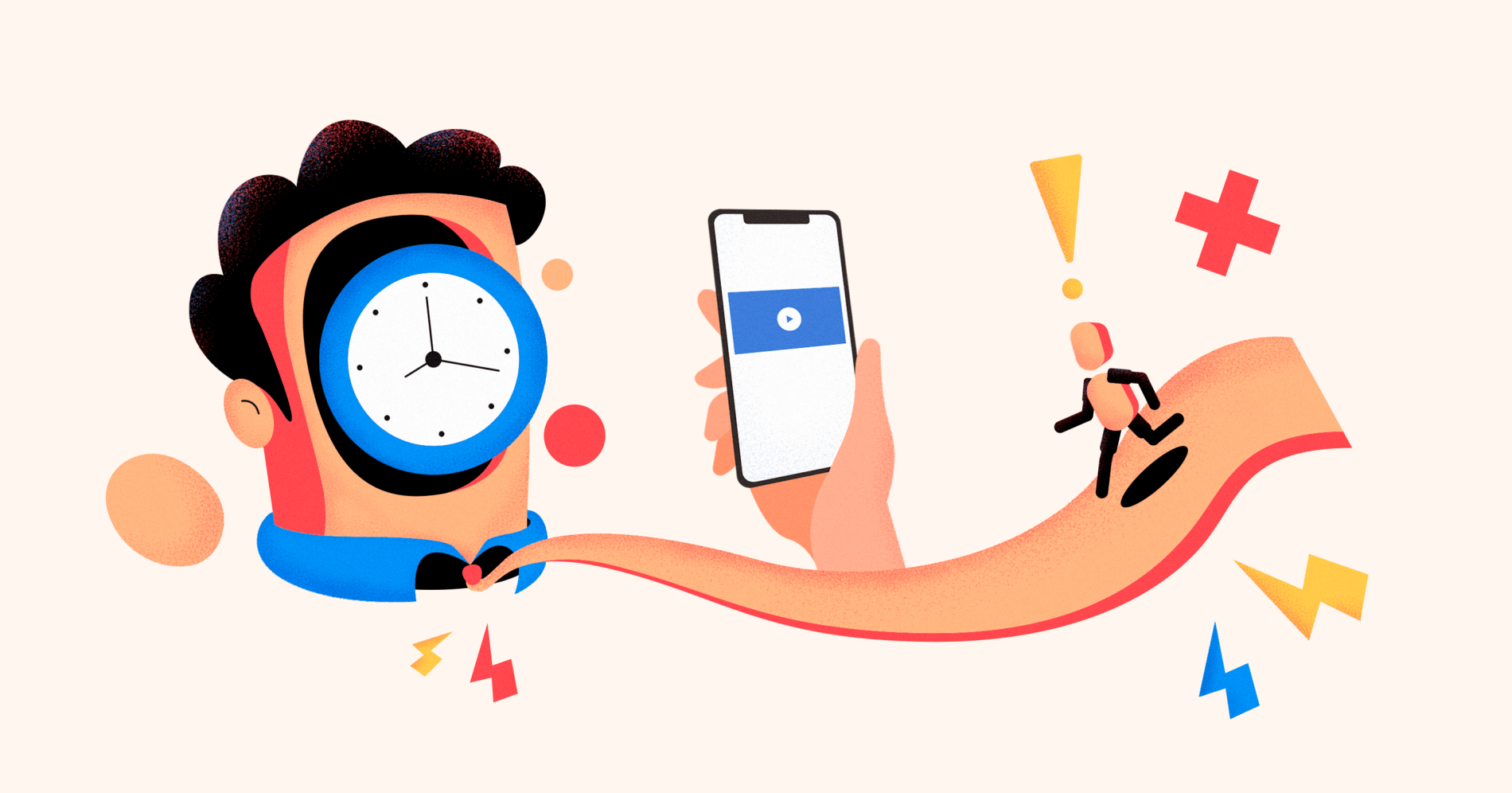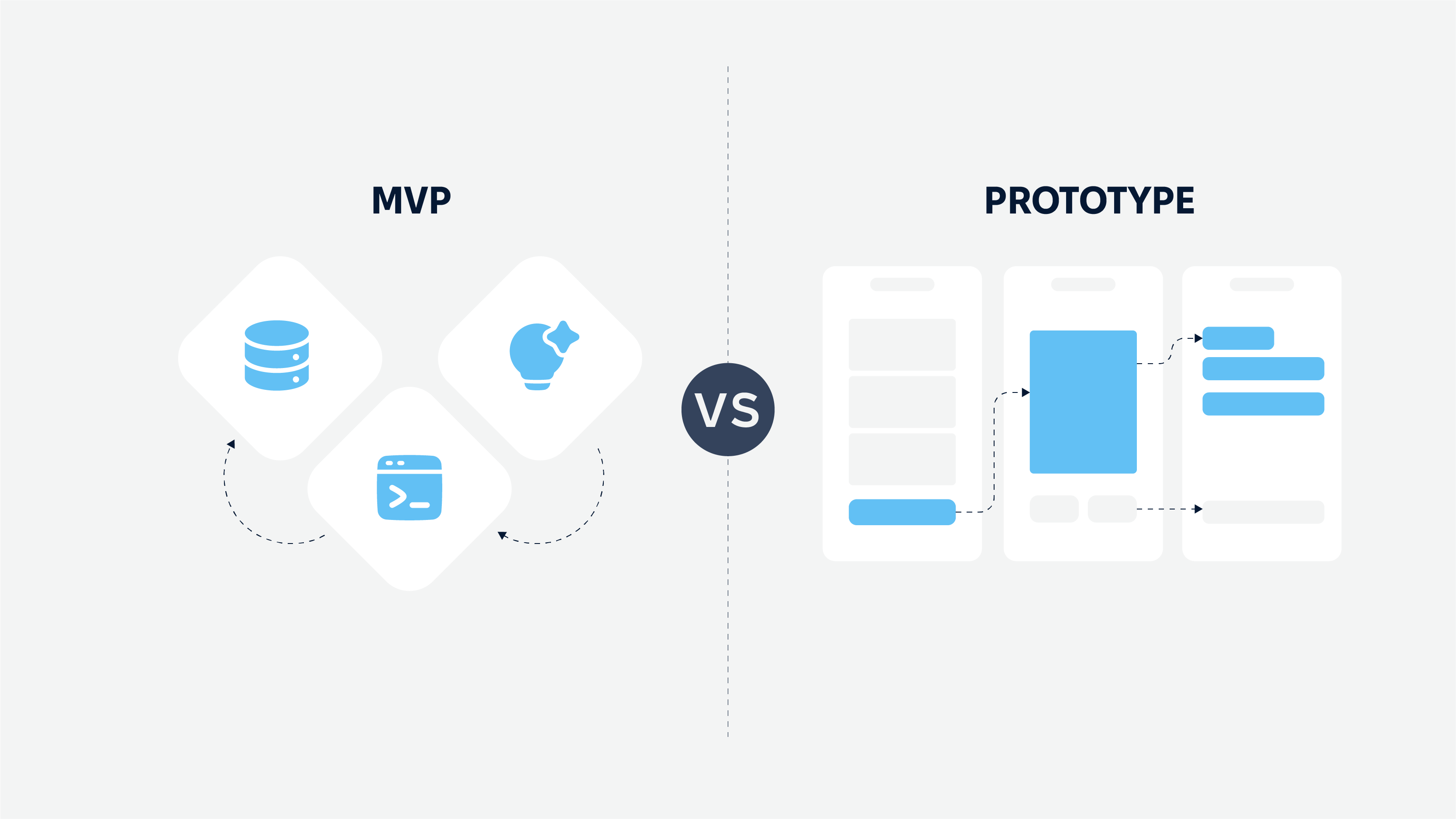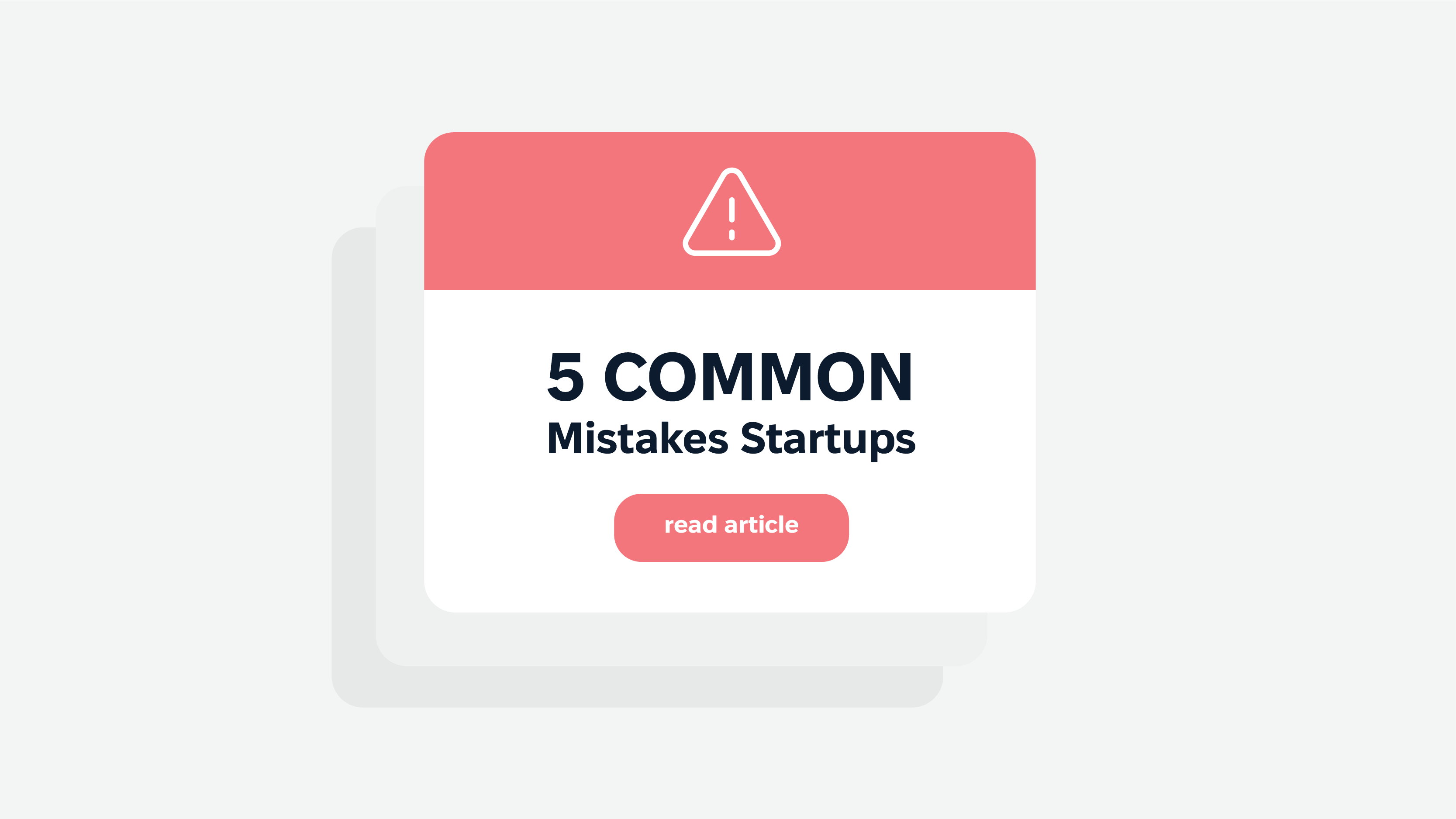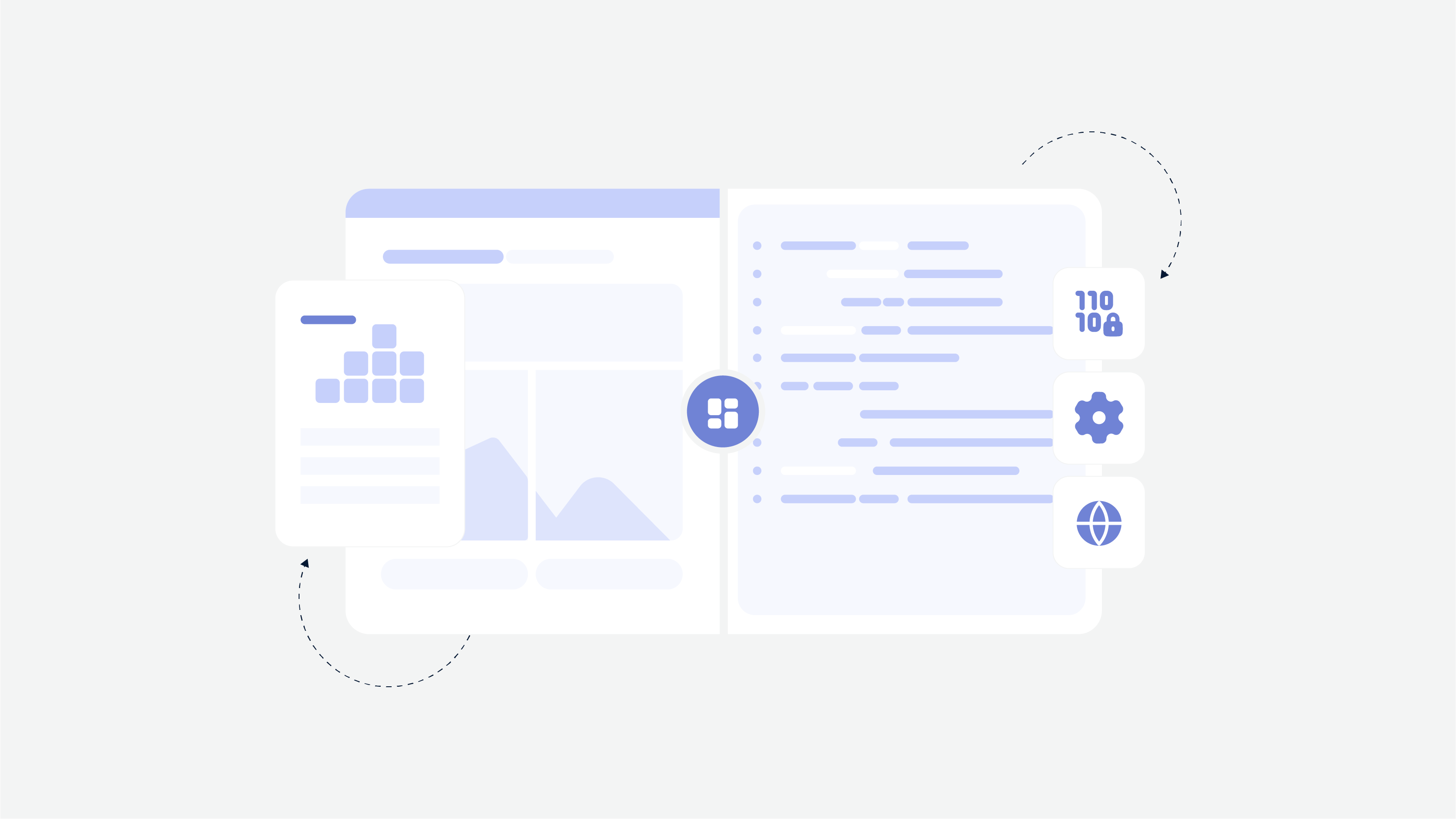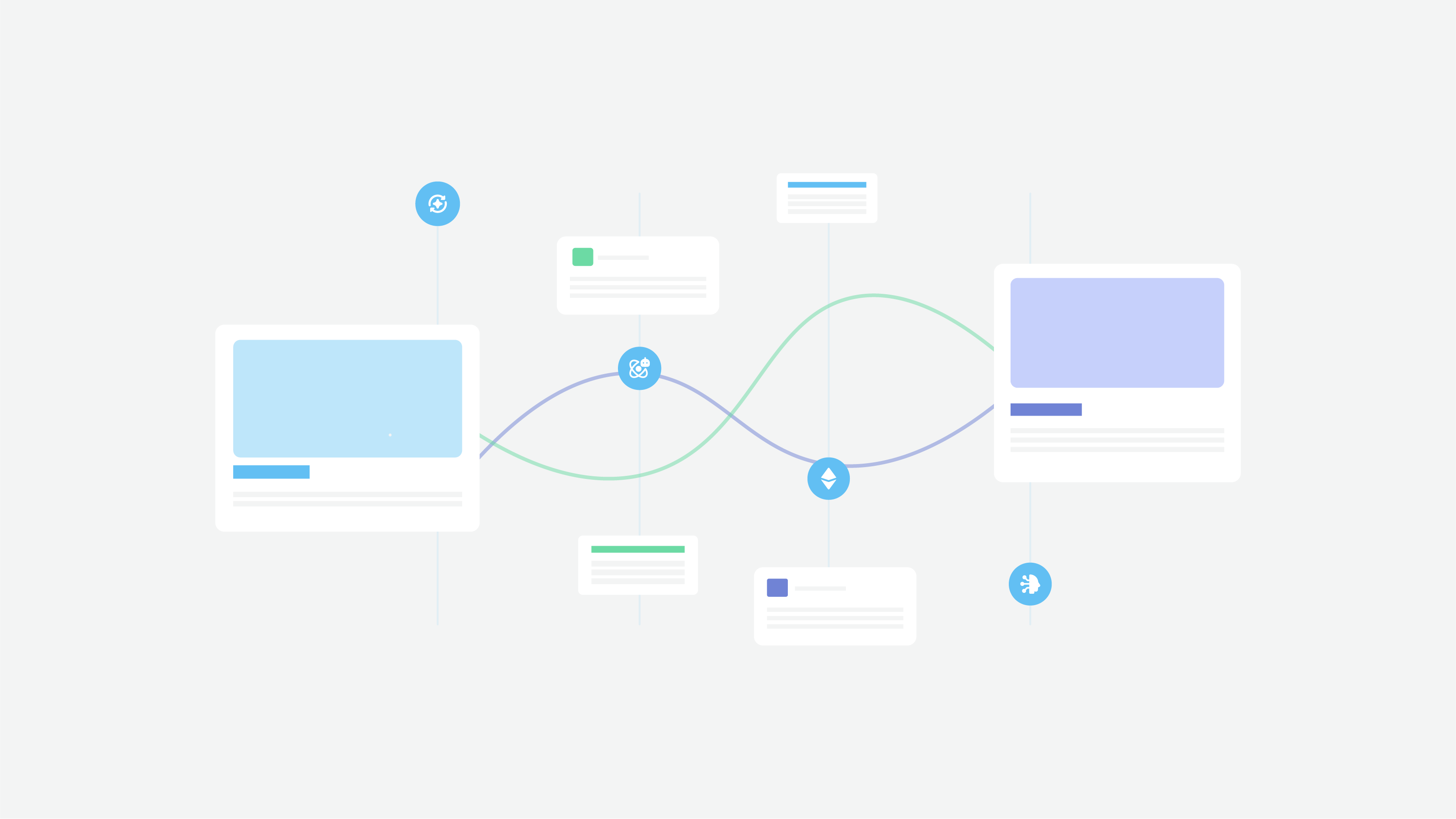A design or development estimation is an important thing in the stage of making an agreement with the client, and it is important for both the client and the company. For the client, it gives an understanding of the budget and the approximate date of release.
Moreover, it makes the first impression of the company the client is going to work with and allows making a choice based on the important project information. For the company, in turn, it gives the budget to fit in and allows to plan the deadlines, loading for the project team members, and allocating resources. In this article, we will try to tell you more about how to estimate design hours.
Design Estimation Goals
The way we work on the design estimation depends on the goal we want to achieve. There are three main options depending on the aim:
- ballpark estimation
- budget estimation
- definitive estimation
Ballpark estimation.
In this case, the figure we get is an approximate value based on the available information, usually not enough to conduct an accurate estimate. Usually, we apply for such a scenario when the client is not sure if there is enough money to make the project.
It gives rough numbers – the accuracy is from -25% to +40%. For example, if the real project realization will take 40 hours, the development estimate will be from 30 hours to 60 hours.
Budget estimation.
Applying such a scenario, we usually try to get all the numbers in more detail and define the precise scope of the features to implement to a product. Usually, we step on this path when the client thinks that there is enough money and wants to get a more detailed presentation of what we are going to do.
This design estimate is more accurate – from -10% to +20% of the real project time. It means that if the project takes 40 hours, the estimate will be from 36 to 48 hours.
Definitive estimation (or, as it is also called, SoW – Statement of Work).
This type of design/development estimate is the most precise one. It is usually applied when the client asks for the final detailed calculations and ready to start the project development. It is very accurate – only to +15%. So, on the example of our 40-hours project, the estimate will be from 40 hours to 46.
Except for defining the aim of the design estimation, we have to check that we have all the necessary information. To gather all the data, we have to discuss the project with the designers. developers, business analysts, and, last but not least, the client.
How much will your software cost? It depends on the project estimate. Contact Cadabra Studio to get a design estimate.
What is the agenda of the discussions? How to estimate the project and what do we need to begin?
Try to follow this approximate checklist of what to prepare to create the qualitative web design or development estimation:
- project description (sure, we have to know what is to be done)
- aim of the project (clarification of what it will bring to us)
- existing product (if we talk about the redesign)
- project documentation (if exists)
- technology stack (the type of technologies strongly affects time and budget)
- special requirements from the client (some special features, technologies, styles)
- time and finance limits (maybe the development will require few releases)
Design and Estimation Approaches
Now we can start preparing the estimation of the design for your project. This will help us answer the question of how to estimate project hours. There are a few approaches to estimating the project development, and we are going to briefly explain the idea of each of them:
Top-down estimation
The top-down approach includes breaking the project into smaller planning chunks. Each of these work chunks is estimated. So, technically it is not an estimate of the project, it is the attempt to understand if it is possible to develop the project sticking the given time and budget limits.
It is quick and helpful when it is needed to understand if the budget is viable. Nevertheless, it is not really precise, and if the other type of estimation is applied for, totally different results may be received.
Analogous estimation
The analogous approach means that the data of the former projects are used to estimate how long or how much a new project will take or cost. In other words, all that we do is compare. The more parameters to compare we have, the more precise the estimate will be.
The advantage of such an approach is the short time we need to make it – there are not a lot of things to calculate. Still, this approach won’t give a really precise website design time, and budget estimation – every project is unique, and to get the real data on it, it must be specially analyzed.
Parametric estimation
The parametric approach is a more accurate technique. It uses the relationship between variables to calculate the cost or duration. To conduct such an estimate we have to identify the unit cost or duration and then define the number of units required for the project.
Thus, in comparison to analogous estimate, parametric is more precise, despite the fact it is still quite mechanical and doesn’t take into account specifics of the style of the project and some other details.
Bottom-up estimation
On contrary to the top-down estimate, the principle of a bottom-up estimate is starting with the tasks to define the time and budget. We have to find out what tasks are going to be done (it is important to know the full scope of the functions of the product to be), estimate the time needed for each of them, and then gather them into the full estimate.
Usually, it is a very precise and qualitative estimate. The only disadvantage of it – it is quite time-consuming, but it is worth waiting for quality.
Three-point estimation
The type of estimate Cadabra especially likes. It is also called PERT (Program Evaluation Review Technique) estimation. This approach allows us to fit any demands of the clients, any time and budget limits.
To create such an estimate we actually need to make three of them, and then address statistics analysis.
The 3 points of design estimates are as below:
- Optimistic estimate – all opportunities happen and no threats take place
- Pessimistic estimate – all threats happen and no opportunities take place
- Most Likely estimate – both threats and opportunities take place
After you have made these three estimations, count the final result according to the following formula:
Opt + ML + Pess/6 +- 2SD
Where:
- Opt – optimistic time
- ML – most likely time
- Pess – pessimistic time
- SD – usual deviation, counted as (Pess-Opt)/6
This approach is based on the Bottom-up approach, so you have to clearly understand what are the parts of the project, what tasks are going to be done, and what are the risks to face.
Here at Cadabra we always offer a few options in the estimation. There are MVP, Maximum, and Maximum + solutions.
Estimate for MVP includes only the basics – design and development of the features necessary to release quickly and start to get profits and quick user feedback (which is especially useful for young or risky business).
The maximum estimate includes a full package of the feature the client would like to implement – it is more expensive but meets most of the client’s requirements (option for those who are not tightly limited in the budget).
Maximum + means there is something special for your project, something you haven’t thought of (some additional product for the promotion of presentation).
Don’t waste your time, contact Cadabra Studio to start your project.
It is not easy to estimate the time and budget for the project since it depends on the scale of the project, the technologies involved, the type, and level of specialists – there is no general precise amount of time and money needed to develop the product.
The estimate of the app, website, illustrations or promo materials development will vary for different companies. But, to simplify the communication with the design and development agencies, and give you a general understanding of the process, we prepared a brief chart of the stages of the project.
It will help you to understand if the estimate includes all the necessary tasks to complete the project and if the ratio of time and money for different stages is correct.
To get an estimate of your project you can apply for our help – we will make it and gladly answer any of your questions. Maybe, the timeline we estimated will meet your requirements and we will start long and successful cooperation, who knows?
After the design and development of the website or an app are estimated, contracts are signed, and the thing you have to do as a client is control how things go.
No matter how the project is planned, you will get the reports from a Project Manager and have the ability to control if everything goes as planned and stays in the limits of the estimated timeline and budget.

In conclusion, we would like to say that the most important thing is to find the team you share the same values with and can totally trust both in the design estimations and the project realization. We wish you every success in your project and looking forward to cooperation!
Frequently Asked Questions
To create a design assessment based on tasks, you must: segment the project into small tasks, decide how long it takes to complete each small task, assign a cost to each small task based on your hourly rate, and combine the prices of the small tasks into one design estimate for the entire project.
Obviously, in order to reduce the cost of development in the life of the project, it is necessary to cross out the tasks of the lowest priority (include them in the next development sprint)
Of course, our team regularly estimates projects of varying complexity and focus. We can estimate the cost of the design and development of your project and advise on the rest of the details. All you need is just to contact us.

